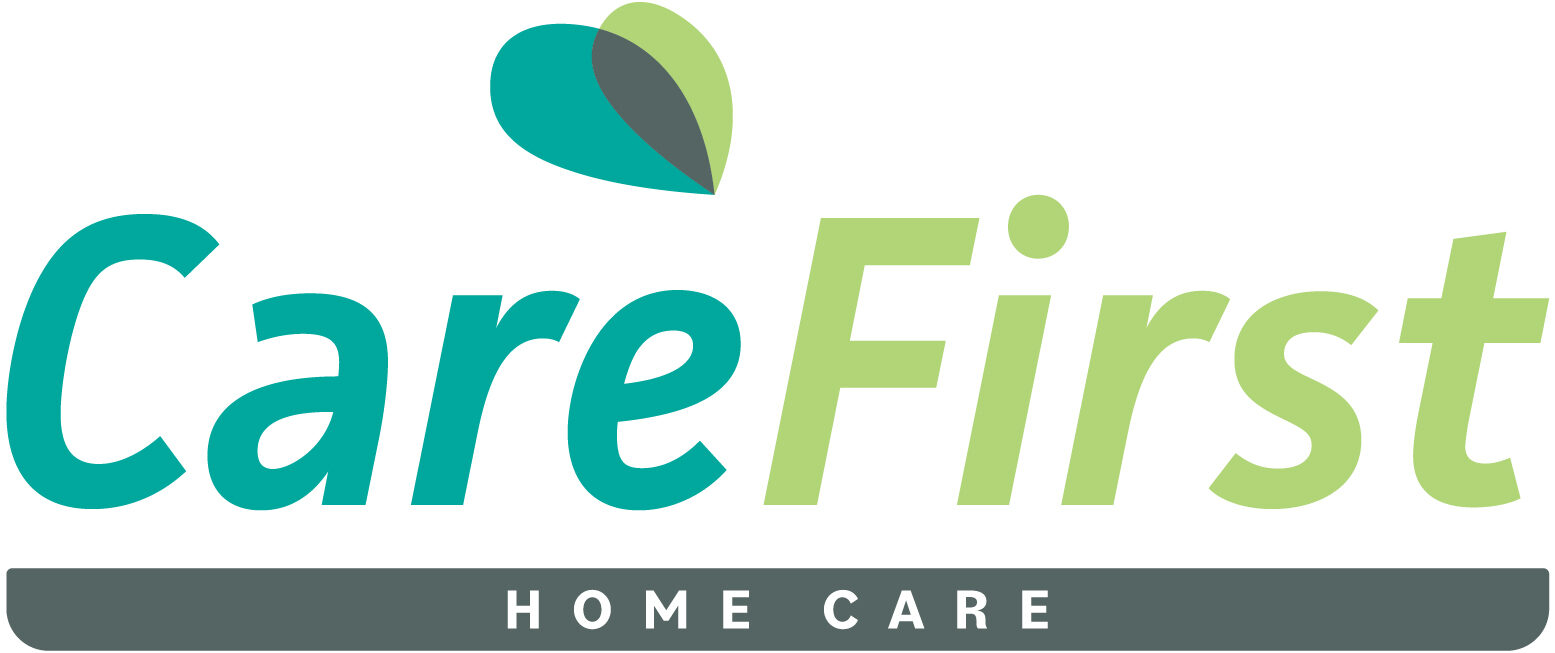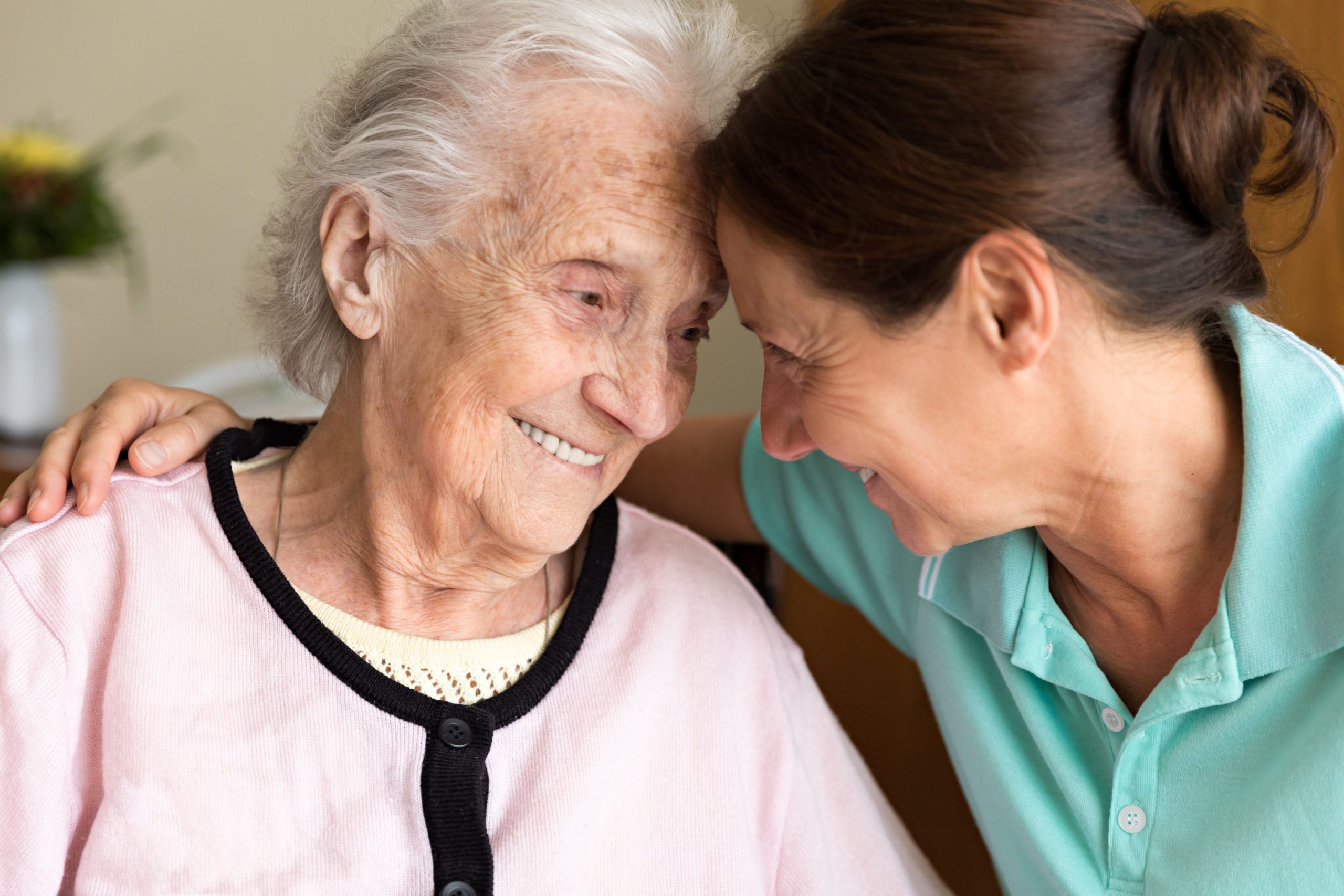Heart attacks and strokes afflict millions of people around the world, but you never expect it to happen to you. Many Americans today are at special risk of a stroke due in part to poor diet and lifestyle choices. If a loved one recently suffered a stroke, it’s a good idea to understand the recovery process and all it entails. This way you can help them through the ordeal.
The severity of the stroke will greatly determine the recovery process. For instance, if your loved one lost speech and/or motor skills, then they will have to undergo certain therapies to relearn them. The good news is that these abilities can typically be recovered over time with diligence. Going through stroke recovery can be depressing and frustrating, so it’s good to be by one’s side as they begin their recovery.
Components of Stroke Rehabilitation
There are various approaches to rehabilitating after a stroke, some methods being fairly new and still in development. It’s been shown that behavioral performance, such as cognitive function and motor skills, have a high chance of improving when the motor activity is repetitive, willful and task specific.
Here are a few examples of the physical activities used to help restore lost functions:
- Strengthening motor skills: This normally involves therapies that help improve muscle coordination and strength.
- Constraint-induced therapy: Another term for this is forced-use therapy. This consists of restricting the use of a limb that wasn’t affected by the stroke, forcing the use of the affected limb.
- Mobility training; This includes the use of walking aids, like canes, walkers or a plastic brace.
- Range of motion therapy: This uses exercises that reduce muscle tension to help improve range of motion.
Here’s a list of cognitive and emotional activities:
- Psychological evaluation and treatment: Includes testing of cognitive skills and emotional adjustment. Counseling and other health services are provided in private or support group settings.
- Communication Therapy: Those that lost abilities to speak, listen, comprehend or write require this form of therapy.
- Medications: These are normally prescribed to treat conditions like depression while other prescriptions that affect movement may also be used.
When Does Rehabilitation Begin?
It’s best to start stroke rehabilitation as soon as possible. This is the best way to improve the chances of your loved one regaining any lost physical or mental abilities.
Before rehabilitation can occur, the doctor first has to stabilize and control any medical conditions. Measures must also be taken to prevent another stroke from occurring as well as any stroke-related complications that could arise.
In most cases, stroke rehabilitation begins 24 to 48 hours after suffering from a stroke. Doctors will determine which types rehabilitation your loved one needs and will normally start while still in the hospital. However, if the medical problems persist, then the rehabilitation will have to wait.
How Long Does Rehabilitation Last?
The duration of stroke rehabilitation can’t be predicted since there are so many contributing factors, such as the severity of the stroke, the complications involved and the willingness of the patient. The techniques used also plays a part.
Some patients need to continue rehab over a long period of time, sometimes months or even years after suffering from a stroke. The rehabilitation plan changes as the patient starts to improve. The therapy sessions also vary in length depending on the recovery, responsiveness of the therapy and the severity of the symptoms.
Where is Rehabilitation Therapy Performed?
Stroke rehabilitation therapy normally begins while the patient is still in the hospital. Before your loved one leaves, they will speak to a hospital social worker and care team to identify the best therapies and settings. This will be determined by your loved one’s needs, insurance coverage and convenience.
Available options include:
- Outpatient centers, sometimes found in clinics and hospitals.
- Inpatient rehab centers, sometimes found in clinics or hospitals.
- Home-based programs, which allow greater flexibility and convenience.
- Skilled nursing facilities, typically inside nursing homes or specialty clinics.
What Affects the Outcome of Rehabilitation?
There are a variety of factors that can affect the outcome of your loved one’s rehabilitation, including:
- Emotional factors, such as their mood and inclination to continue rehabilitation.
- Social factors, such as support from family and friends.
- Therapeutic factors, including the skill of the team and how soon therapy starts.
- Physical factors, such as the severity of the stroke and impairment.
If you have questions or need assistance, the team at CareFirst is here to serve you. Call us at 205-445-0705.


